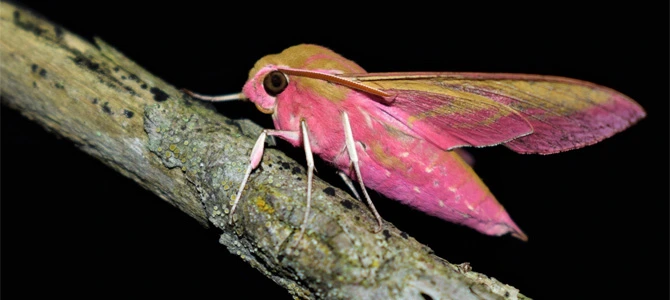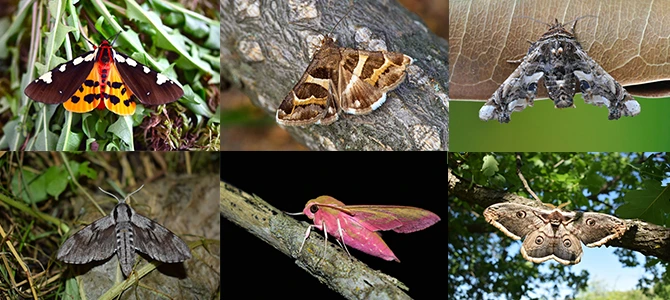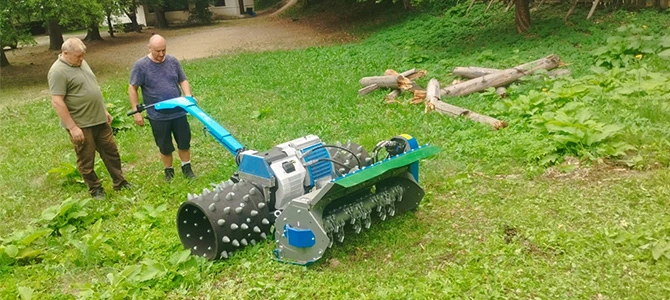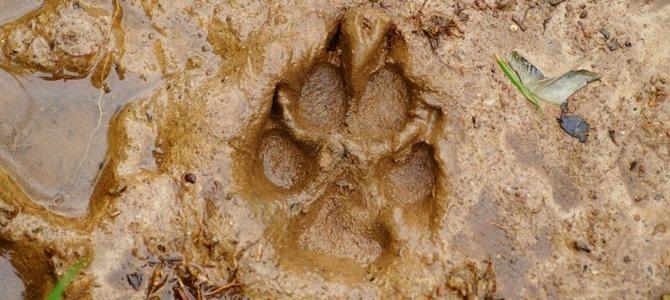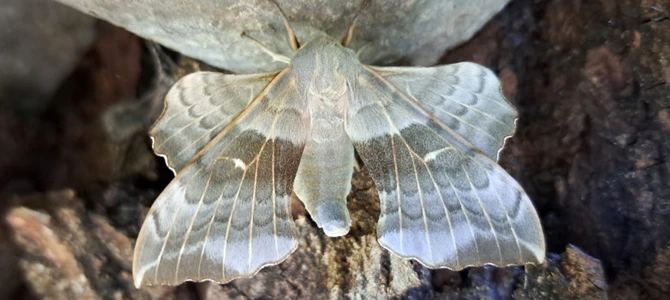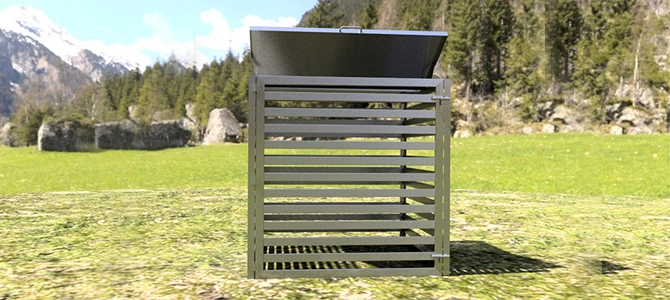ACDB invites you to make a „Journey in time: from the river Putna to the Sarmatian Sea”.
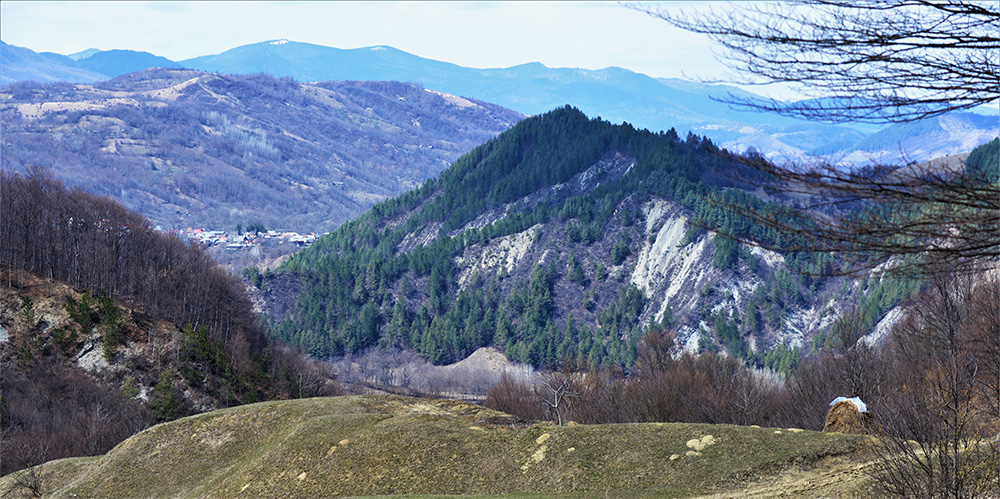
Between 30.04.2018 – 29.09.2018, ACDB will implement the project: „Time travel: from the river Putna to the Sarmatian Sea” which aims to change the negative attitude of visitors and locals to nature and their education in the spirit of preserving values natural areas from protected natural areas: Bozu Creek and Putna River, by creating a thematic route, organizing sports events and their involvement in conservation activities.
The protected area Bozu Creek is unique in Romania because here is one of the few places where you can observe traces of wildlife that lived on the shores of the Sarmatian Sea, about 20 million years ago. The protected area of the Putna River also preserves important natural elements, which can rarely be admired in other areas of Romania and is also the most important connecting element of the communities living in its valley.
Unfortunately, very few locals and visitors know of the existence of these protected natural areas, whether they are older, such as Bozu Creek or newer, such as Râul Putna. The lack of initiative of the locals in this area, in terms of promoting the natural values that represent the strength of these lands, has led to increased ignorance and negative attitude of local communities on protected areas, meaning only restrictions. At the same time, without a correct interpretation of these natural elements of great scientific, conservative, and educational importance, residents and tourists visiting the area pass carelessly, without understanding the purpose for which these protected areas were created and what are the conservative elements here. Due to the lack of information, the inhabitants as well as the tourists unknowingly affect the natural values of the two protected areas. Slabs of sandstone on which are imprinted traces of mammals and birds that lived here 20 million years ago end up being used as building materials for the inhabitants of the area and, at the same time, become targets for fossil hunters. In addition to these anthropogenic factors, natural factors are added, the rock layers on which the fossil traces are impregnated are destroyed by surface and deep erosions, as well as landslides, so far, a large part of the fossil traces destroyed by natural factors.
Thus, the footprints of mastodons printed on sandstone and located immediately downstream of the last day of the Bozu Creek photographed in 1992 – disappeared by the dislocation of the layer of sandstone on the slope, as well as other traces of paricopitates and birds printed on marly sandstone, on marls or even on more resistant sandstones.
At the same time, the low level of knowledge, among the local community, makes us have cases in which the habitats and wildlife of the Putna River protected area are ignored and negatively affected. A short trip along the Putna River we can see waste deposited by locals, banks left without protection against erosion and floods provided by riparian vegetation and species protected by wildlife, killed by lack of education.
By creating the interactive thematic path „Time travel: from the river Putna to the Sarmatian Sea”, by organizing trips with students and teachers and sports competitions in protected natural areas, we will increase the understanding of the local community and visitors. They will be aware of the importance of protected natural areas, understand the value and need for their conservation and, at the same time, be convinced of the benefits that protected areas bring to the community, changing their current perception as areas where access is prohibited and where various restrictions are placed.




